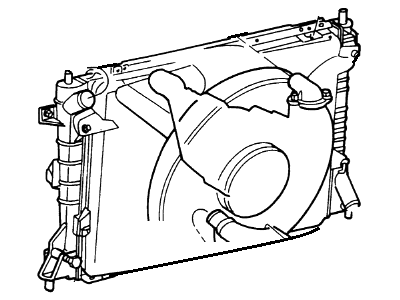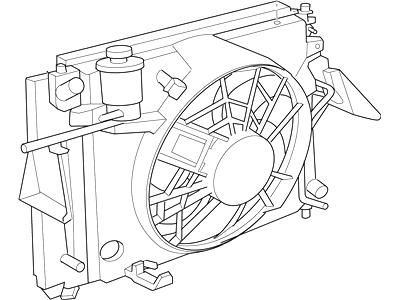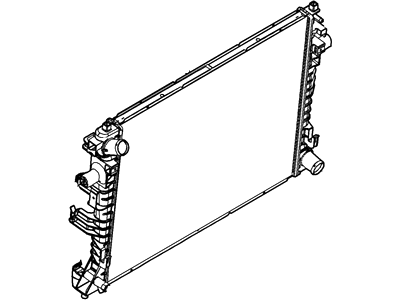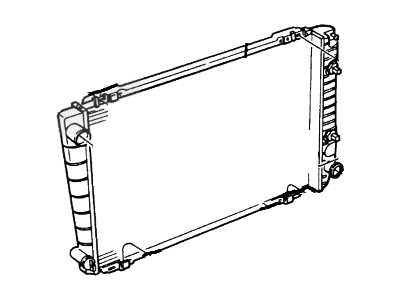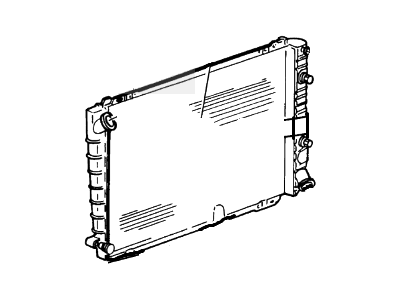

My Garage
My Account
Cart
Genuine Lincoln Town Car Radiator
Cooling Radiator- Select Vehicle by Model
- Select Vehicle by VIN
Select Vehicle by Model
orMake
Model
Year
Select Vehicle by VIN
For the most accurate results, select vehicle by your VIN (Vehicle Identification Number).
12 Radiators found
Lincoln Town Car Radiator
Lincoln Town Car Radiator is one of the vital cooling system of a vehicle it is responsible for transferring heat from engine coolant to air through a heat exchanging process. All radiators from the presented groups have aluminum cores with plastic or aluminum tanks, and some of them are made of copper/brass materials. The radiator is often used at the frontal part of the vehicle to accommodate air flow to help with heat exchange. Some of the radiator issues that one might experience relate to leakage and this is treatable through different approaches; however, replacement is the most suitable solution. There is an availability of after-market radiators and every single one of them has an improvement over those that were originally fitted, the use of lightweight aluminum and better design to enhance the cooling process. These radiators use larger tubes and denser fins to transfer heat and keep the engine at a lower temperature. There's also a direct fit versions for a hassle-free install, even larger cores for improved heat dissipation. In sum, the Lincoln Town Car Radiator is a significant component in cooling the engine while operating by regulating the temperature.
We provide a wide range of Lincoln Town Car Radiator at the best prices possible. If you need Lincoln Town Car Radiator, you can shop with confidence on our website. All our OEM parts come with a manufacturer's warranty and are delivered to your door step with a fast delivery service.
Lincoln Town Car Radiator Parts Questions & Experts Answers
- Q: How do you remove and install the radiator and Coolant Reservoir on Lincoln Town Car?A:To remove the radiator, start by disconnecting the cable from the negative battery terminal. If there is a suspected radiator or cooling system leak, pressure test the system using a cooling system pressure tester. Drain the cooling system and disconnect the overflow hose, upper radiator hose, and lower radiator hose from the radiator. Remove the plastic shield over the top of the radiator if necessary. If equipped with an automatic transmission or engine oil cooler, remove the cooler lines from the radiator using a flare-nut wrench. Be careful not to damage the lines or fittings and plug the ends of the disconnected lines. Remove the radiator mounting bolts and the fan shroud. Lift the radiator from the engine compartment, being careful not to contact the fan blades. Prior to installation, replace any damaged rubber mounts, hose clamps, and radiator hoses. To install the radiator, ensure it seats properly in the lower saddles and that the rubber mounts are intact. Fill the system with the proper mixture of antifreeze and check the automatic transmission fluid level. For the coolant reservoir tank, remove the coolant overflow hoses and the bolts to detach the reservoir. Prior to installation, ensure the reservoir is clean and free of debris.
